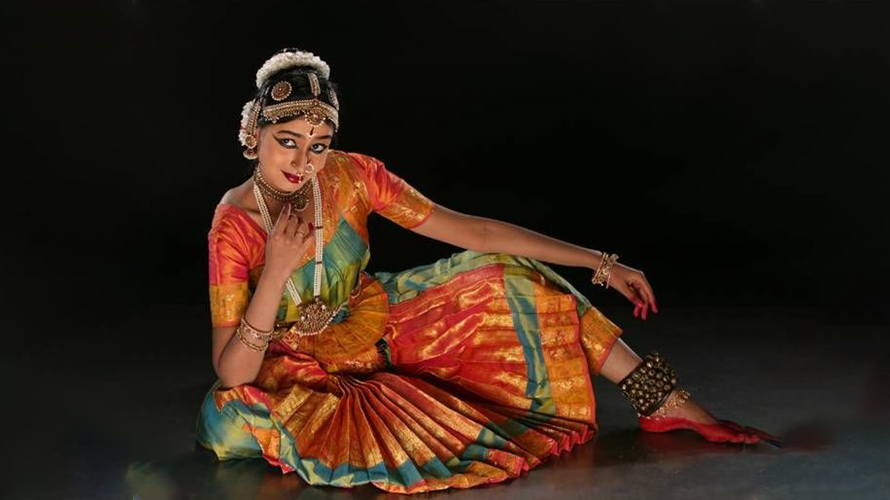At Nrityangana, we fathom the deeper significance of Kuchipudi compositions in the preservation and propagation of Indian culture. These complex dance pieces are living repositories of our rich heritage, which have encapsulated through centuries aesthetic traditions, spiritual wisdom, and cultural values. In this article, we are going to discuss the multifaceted role of Kuchipudi compositions in cultural preservation.
Kuchipudi Compositions: An Understanding
Kuchipudi compositions are sophisticated artistic creations in which dance and music blend into a harmonious narration. These compositions are not purely choreographic exercises but holistic performances, appealing to several senses and emotions. Each of these is a carefully crafted composition aimed at projecting a specific theme, story, or even a ‘philosophy’ through an integrated blend of movement, expression, and music.
At Nrityangana, we stress teaching our students the depth and nuance of these compositions, for unless they get a proper understanding of them, true mastery will be lacking.
Historical background of Kuchipudi Compositions
Like most forms of classical Indian dance, Kuchipudi traces its roots back deep into our cultural history. This style of dance emanates from the village Kuchipudi in Andhra Pradesh and was initially developed as a male-only tradition performed in temples.
Initially, the early renditions of Kuchipudi were essentially devotional in nature and were mainly used as a medium to relate stories from Hindu mythology and scriptures. These performances played an important role in religious education and generally in the cultural transmission of a largely oral society.
Types of Kuchipudi Compositions
Various kinds of compositions fall under the fold of Kuchipudi:
1. Shabdam: These are small pieces, which introduce a character or theme and usually precede longer performances.
2. Tarangam: Also being a typical Kuchipudi item in which one performs intricate footwork on a brass plate.
3. Kalapam: Solo performances where the dancer portrays multiple characters, demonstrating versatility and acting skills.
4. Padams: Padams are expressive items of emotional depth, telling a story in subtle detail.
We, at Nrityangana, ensure that our curriculum encompasses all these composition types to give a wide understanding of the diverse Kuchipudi to our students.
Kuchipudi Compositions as Preservers of Culture
Various aspects of Indian culture find representation in Kuchipudi compositions that help in its preservation.
1. Mythological Narratives: By enacting stories from ancient texts, these compositions keep our mythological heritage alive and relevant.
2. Linguistic Preservation: Most of the compositions use Telugu and Sanskrit lyrics, thereby preserving the classical languages.
3. Musical Traditions: Kuchipudi performances are accompanied by classical Indian music, thereby helping to sustain traditional musical forms.
4. Traditional Costume: The costuming and ornamentation in Kuchipudi stand as a live representative of India’s traditional costume and craftsmanship.
5. Philosophical Concepts: Many compositions convey deep philosophical ideas, preserving and transmitting ancient Indian wisdom. At Nrityangana, we try to inculcate not only the physical nuances of dance but also the essence of each composition.
Kuchipudi Compositions: An Evolutionary Perspective
Traditional, yet modern by its very evolution, Kuchipudi is a continuously alive and breathing art. Contemporary choreographers create new, innovative pieces speaking to the themes of today with works based on traditional Kuchipudi structures. Issues such as environmental conservation, social justice, and gender equality-very timely themes-show just how relevant the dancing can be to new times.
Preserving Traditions in Kuchipudi: Challenges
Preservation of traditional art forms like Kuchipudi, in the face of rapid globalization and changes in lifestyle patterns, poses certain challenges. Little time is left for deep engagement with classical arts in today’s fast-moving modern world. At Nrityangana, we look upon all these challenges as great opportunities. We strive to make Kuchipudi more accessible and relevant to the contemporary audience without losing its core tradition.
Nrityangana’s Role in Cultural Preservation
Among the few leading institutions in Kuchipudi, Nrityangana occupies an important place by promoting and preserving this classic art:
1. Intensive Training: We train in-depth in various Kuchipudi compositions with a view to rendering the tradition faithfully.
2. Cultural Education: Our syllabus covers not only the dance techniques but also gives a deeper understanding of the cultural background of Kuchipudi.
3. Performance Opportunities: We provide regular performances, allowing our students to show their skills and deliver to the audience.
4. Research and Documentation: We seek to document and research Kuchipudi compositions as a way to contribute to the scholarship that comes with this art form.
5. Artist Collaboration: We work with well-known Kuchipudi artists and scholars, through which we enrich our teaching and performances.
Wrap up!
Kuchipudi compositions are alive threads interweaving into the richness of Indian culture, not exquisite dance pieces. We feel privileged at Nrityangana to be playing a part in this, not just to preserve and promote such invaluable cultural heritage. We believe that in learning Kuchipudi, one acquires not only a certain dance skill but also becomes a custodian of an ageless tradition. Our committed team of instructors is dedicated to teaching not only the techniques but the spirit and philosophy of Kuchipudi. Whether one is a neophyte seeking an insight into Indian classical dance or an advanced practitioner searching for depth, Nrityangana provides an enabling environment in which to evolve one’s skills in Kuchipudi. We share a vision to keep this beautiful art form alive and vibrant, with the cultural wisdom enshrined in the Kuchipudi compositions illuminating and inspiring future generations.

